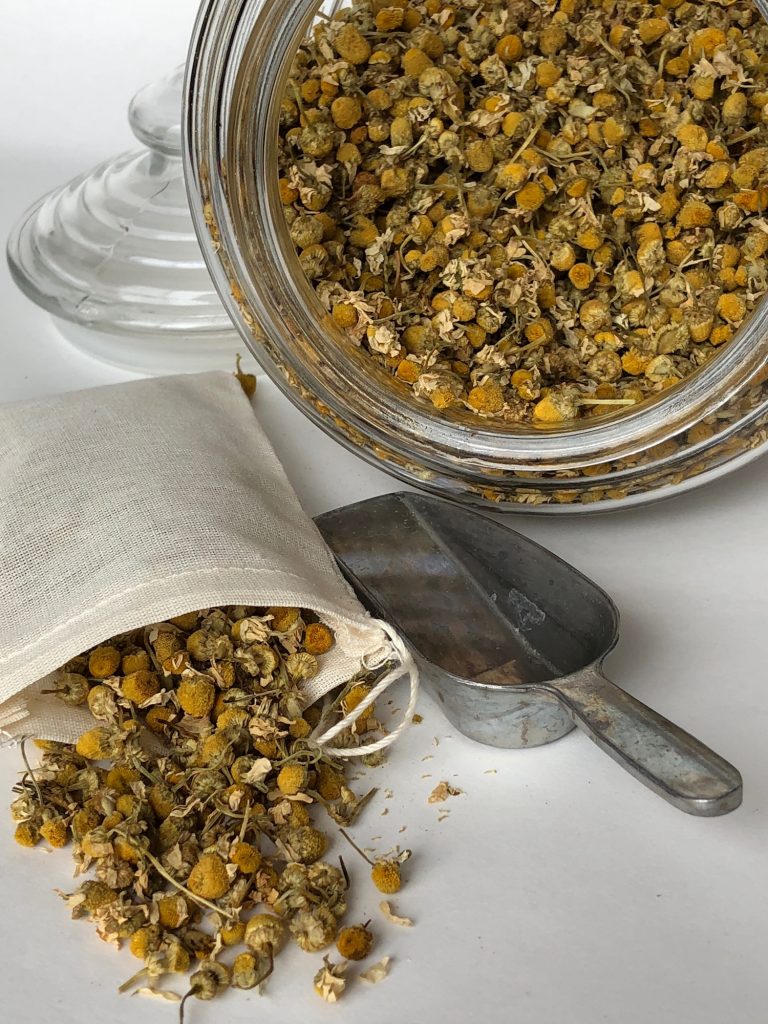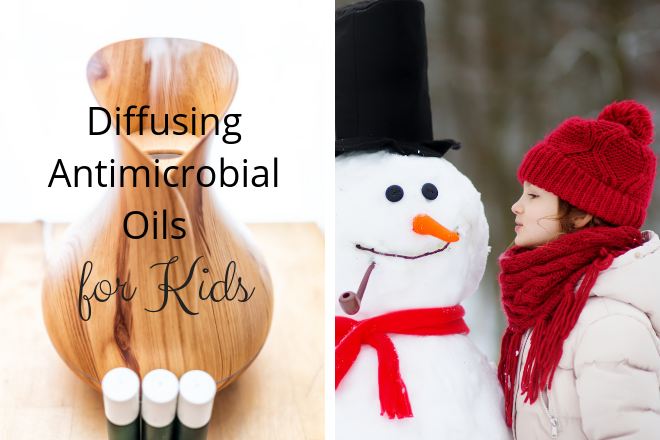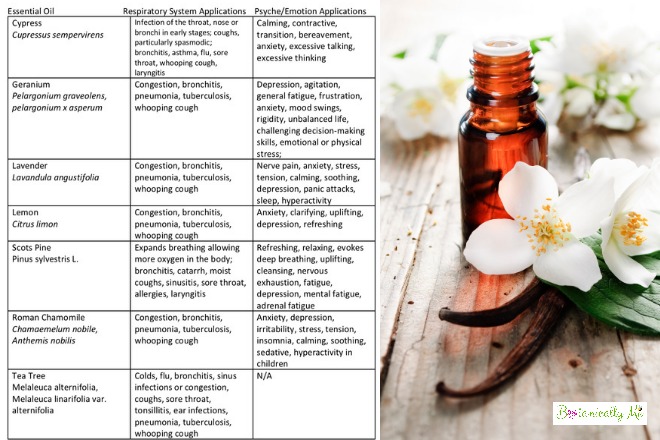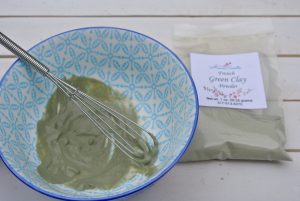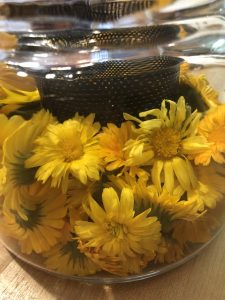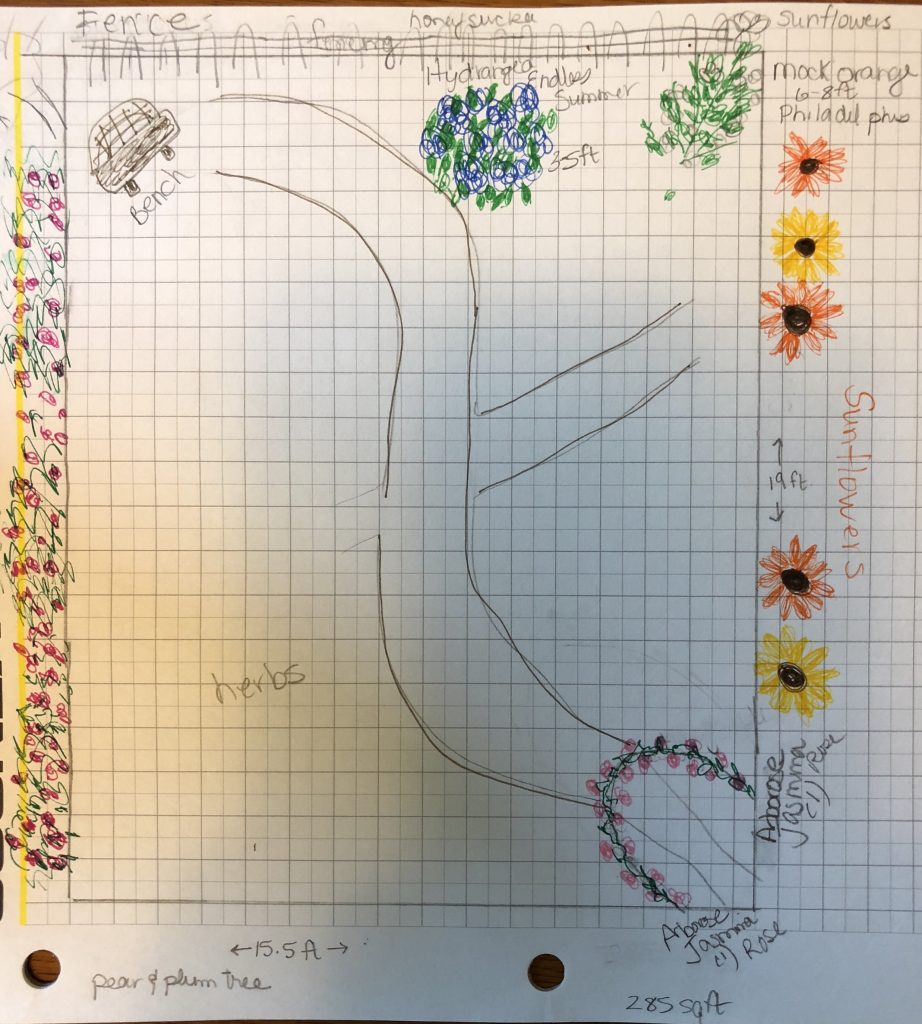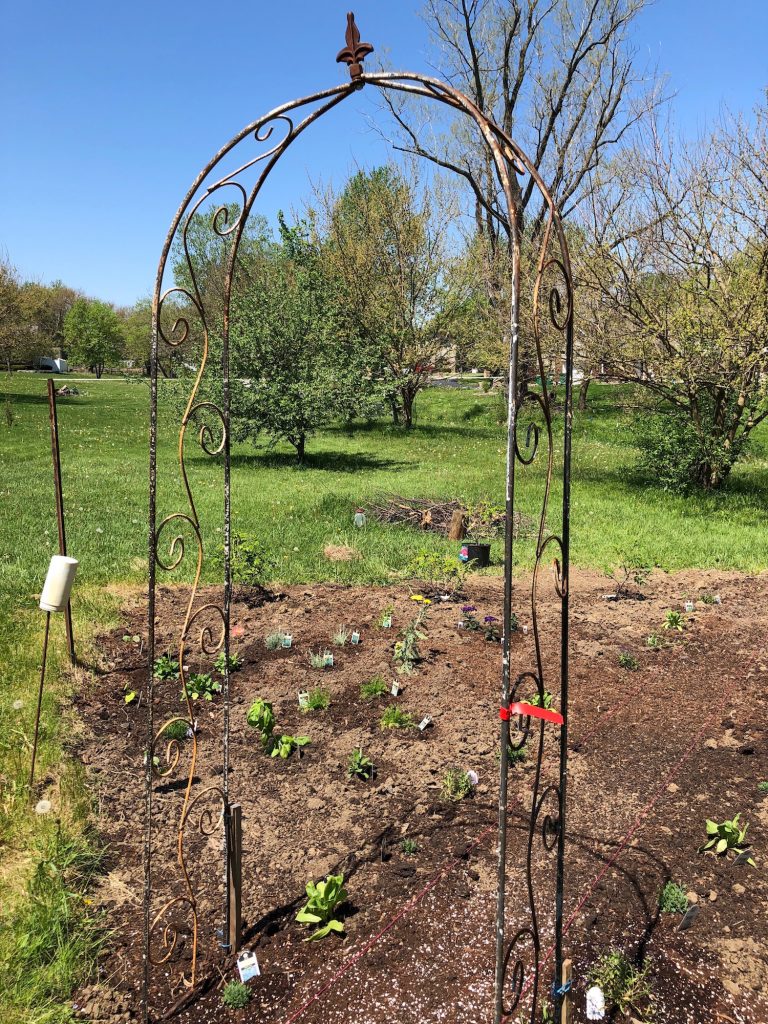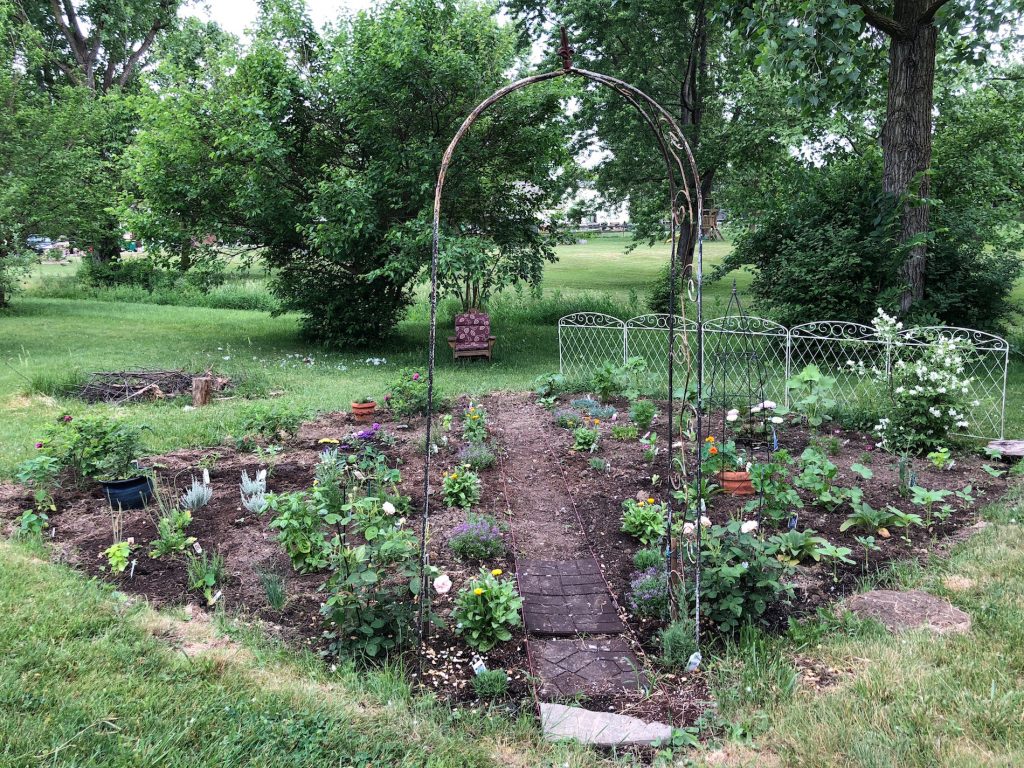Can Aromatherapy Help your Child Sleep?
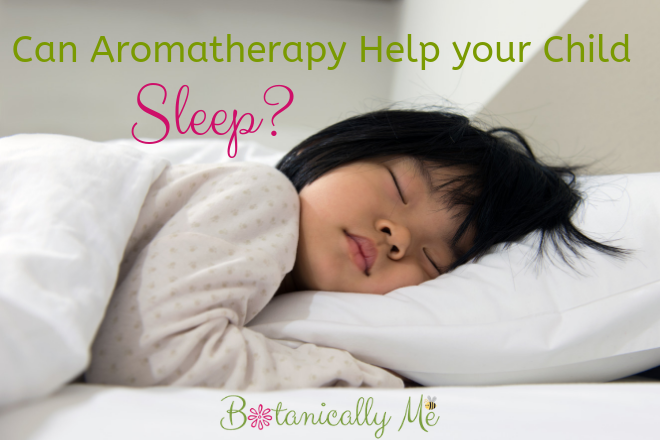
Getting your children to go to sleep can seem like the impossible dream when you’re stuck in the bedtime battle doldrums. If you’ve given up at ever getting a decent night of sleep again, let me ask you to try one more thing: child-safe aromatherapy solutions.
In this post, we’ll answer the question can aromatherapy help your child sleep, and I’ll also share a few non-aromatherapy tips I used with my own now-grown kids that will help make bedtime a battle-free zone.
Start a Bedtime Routine
Before you break out the lavender oil, it helps to have a bedtime routine in place. My hubby and I started this with our kids when they were just newborns, and we stuck to it the best we could each night. Of course, the first two months with a baby are pretty chaotic, but decide what you want your routine to look like and start working toward it.
- Establish a bed time. Our goal was to have the baby in bed by 8 p.m. Now when we first got home from the hospital with Amber, by the time we all settled down, it was about 10:30 p.m. However, each week it got a little better. When she was around two months old, we were putting her to bed at 8:30 p.m.
- Start planning backward from your chosen time. If you want to put the kids to bed at 8 p.m., then start getting ready at 7 p.m. Toddlers and older kids can help by picking up their toys, getting out their pajamas, getting backpacks ready for school, and so on.
- Next comes bath if needed.
- Read a few bed time stories. Today Amber has a 20-month old, and from the day she and Andrew brought him home from the hospital, reading books became part of their nighttime routine.
- Rocking. After story time, rock the little ones for a few minutes and sing a lullaby.
- Prayers. Put them in bed and say prayers.
- Hugs and kisses and head out the door, without belaboring this time.

We did this routine every night, so our kids knew what to expect. Overall, it worked well, and for the most part we avoided big battles with the occasional exception. If you’re having lots of problems with behavior, check out this book (affiliate link) by Kevin Leman called Making Children Mind Without Losing Yours. I used it with my kids and found it so helpful. It’s filled with common sense ideas and practical suggestions to use with children from babies to teens.
Aromatherapy for Sleep
Since I became a certified aromatherapist two years ago, I’ve learned how essential oils and other botanical products can help ease a child — and adults — into sleep. Let’s look at a few ideas. Try these one at a time so you can judge what works best for your child.
Take an Aromatherapy Bath
I love hydrosols! If you’re not familiar with them, hydrosols are a byproduct of the distillation process of essential oils. Sometimes they are called “flower waters” or “hydrolats.” They contain a tiny amount of the essential oil along with the water soluble, volatile components of the plant. They are still effective and much gentler than essential oils. Two perfect ones to try with little children are lavender and German chamomile. Remember, never add essential oils straight to the water. They are too strong for children’s (and adult’s) skin. Hydrosols, however, can be added directly to the water.
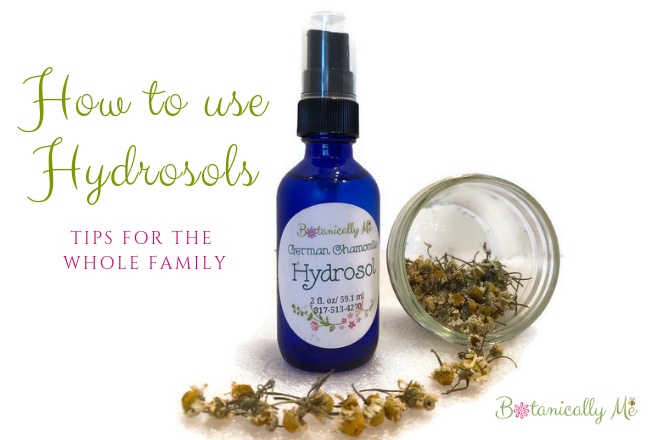
- Try this suggestion: add 1 tsp of your chosen hydrosol to an infant bathtub or 2 tsp. of hydrosol added to an adult tub filled with a smaller amount of water suitable for an infant. For children up to 12 years old, add 1 tsp. of hydrosol to the bath water for every year of age up to a maximum of 8 teaspoons.
Add bath herbs.
Another suggestion is to take a good-sized handful of either dried lavender flowers, dried chamomile flowers, or a combination of both, put them in a muslin bag and drop it in the bathtub while the child is bathing,.
Sip warm milk with warming spices and hydrosol.
Warm up a cup of milk for your child and to that add from 1 tsp to 1 tbsp of hydrosol for children over the age of three. German chamomile is a wonderful hydrosol to use in this recipe. Next add cinnamon and nutmeg into the mixture and stir. Have the child drink about an hour before bed.
Try an Aromatherapy Massage
Most essential oils are too strong for babies up to six months of age to use every day. A good alternative is to use a body butter infused with chamomile and lavender flowers. It will still contain some of the volatile components of the plant but will be gentle enough for use on a baby. For children over two years of age, you can use an aromatherapy foot cream that contains from about 0.5% to 1% dilution rates of essential oils to cream or carrier oil. For example, add 4 drops lavender and 1 drop German or Roman chamomile to one ounce of cream.
Make an Aromatherapy Mister
Aromatherapy misters are another option, and they are very easy to make. For school-age children, fill a one-ounce spray bottle with water or lavender hydrosol. To that add 5 drops Roman chamomile, 10 drops lavender, and five drops of mandarin essential oil. Mist in the room as they are dropping off to sleep. For babies over six months, toddlers, and pre-schoolers, fill bottle with lavender hydrosol and add about three drops of essential oil to the bottle then lightly mist in the room.
Try an Aromatherapy Oil Diffuser
A final suggestion is to diffuse essential oil in the child’s room about 20 minutes before bedtime and then shut it off as you leave the room. You may be asking the question, Are aromatherapy diffusers safe for babies? Great question. The answer is yes, when you follow these guidelines:
- This is safe starting at the age of six months for short periods of time (for a specific reason, like sleeping).
- Be sure to use a child safe essential oil like lavender or German or Roman Chamomile.
- Start with a small number of drops like 2, and adjust accordingly and as the child grows, capping the number at about 10.
Try an Aromatherapy Sleep Pillow
Aromatherapy sleep pillows are easy to make and can be tucked into an older child’s bed pillow or positioned close to the crib of a baby. Typically they are made with sleep-inducing herbs like lavender, chamomile, hops, catnip, and others. My friend and artist Cindy Schultz and I are collaborating on a project of sleep pillows, which she’ll soon be selling. Watch her Instagram feed for more information.
Let’s break the stressful bedtime battles with a sane schedule and some aromatherapy sleep aids to help lull your child to sleep. Let me know if you have any questions. I’ll also leave you with this: What is your favorite tip on getting your children to sleep (aromatherapy or otherwise)? Please share in the comment section below.
By the way, I am available for consultations if you’d like help formulating an aromatherapy or herbal product for your child or yourself.
As always, all material provided on this website is provided for informational or educational purposes only. It is not intended as a substitute for the advice provided by your healthcare professional or physician. Please consult your healthcare professional regarding any physical, mental, or emotional conditions.
